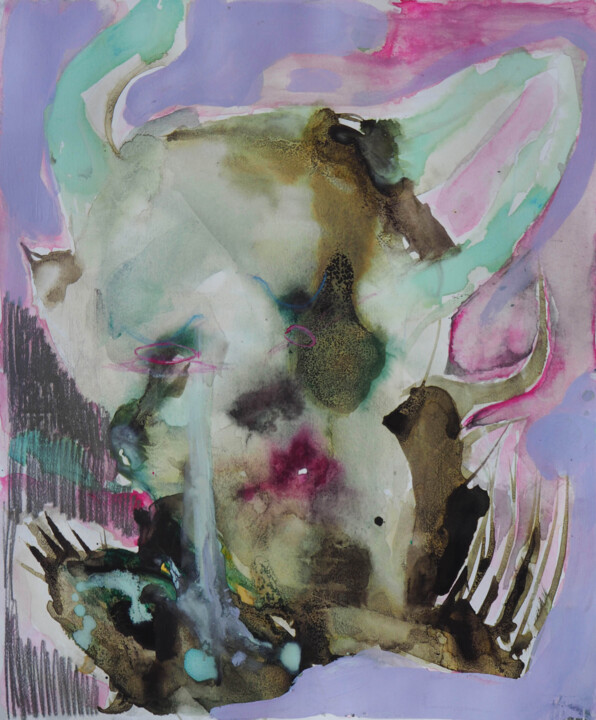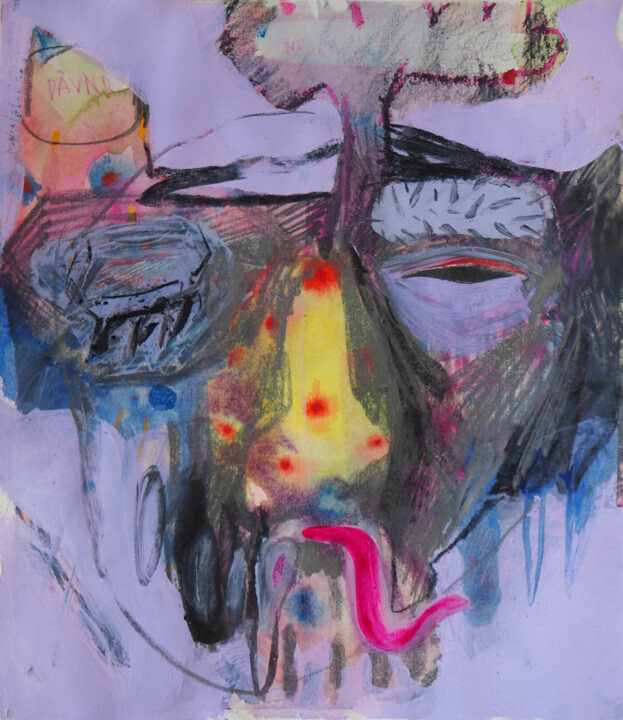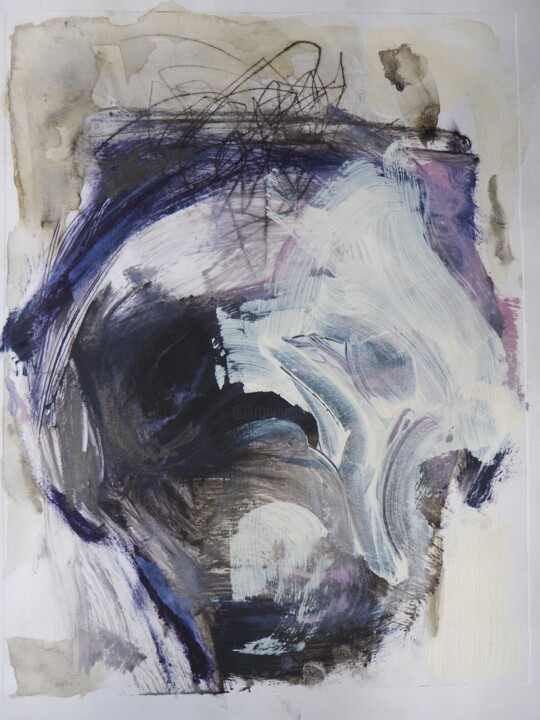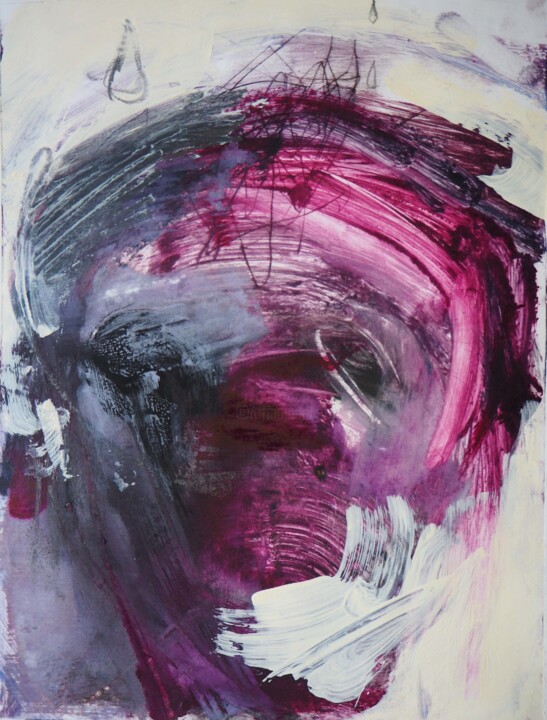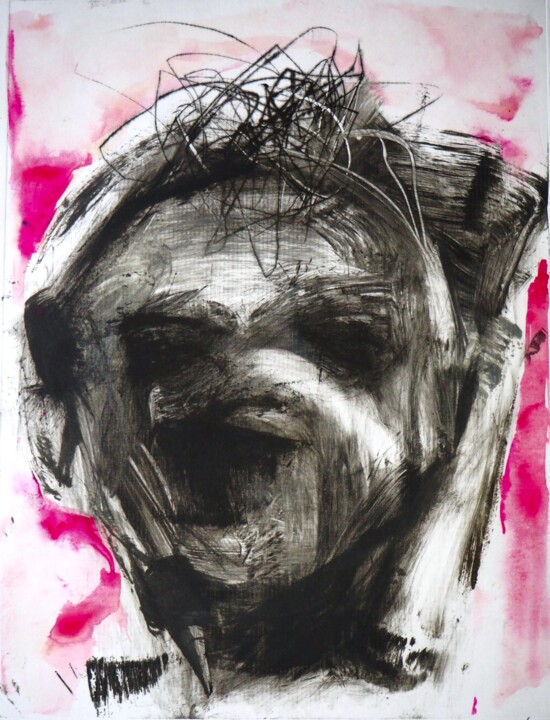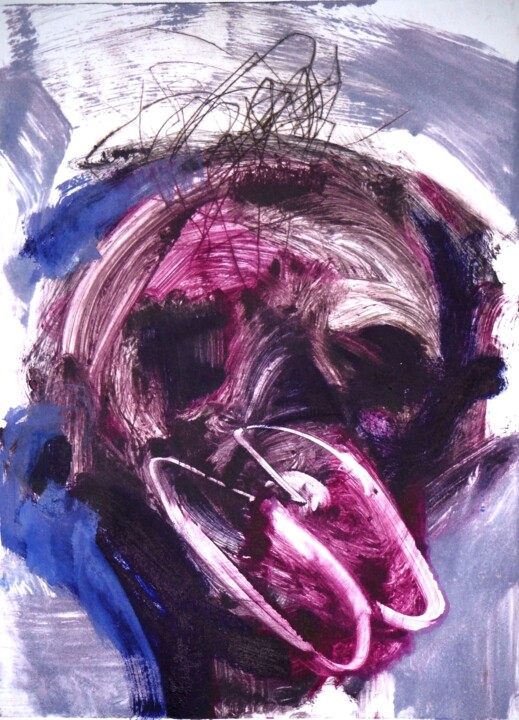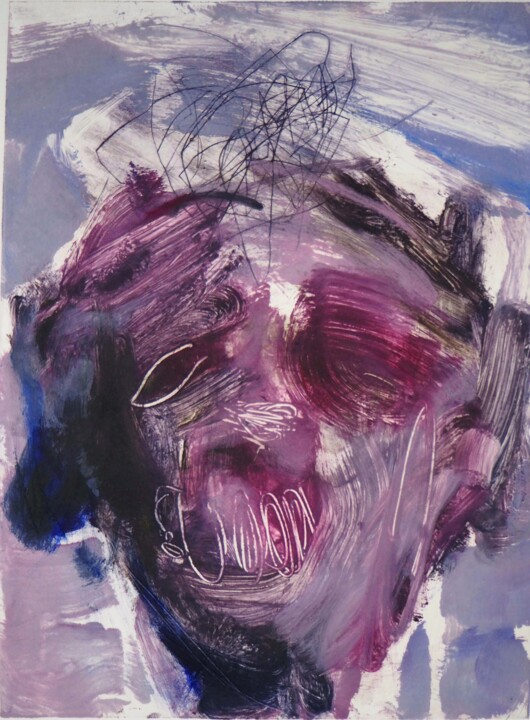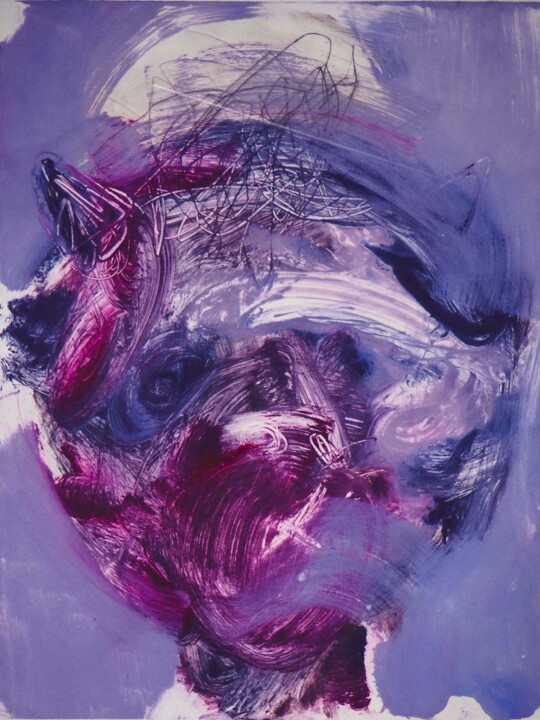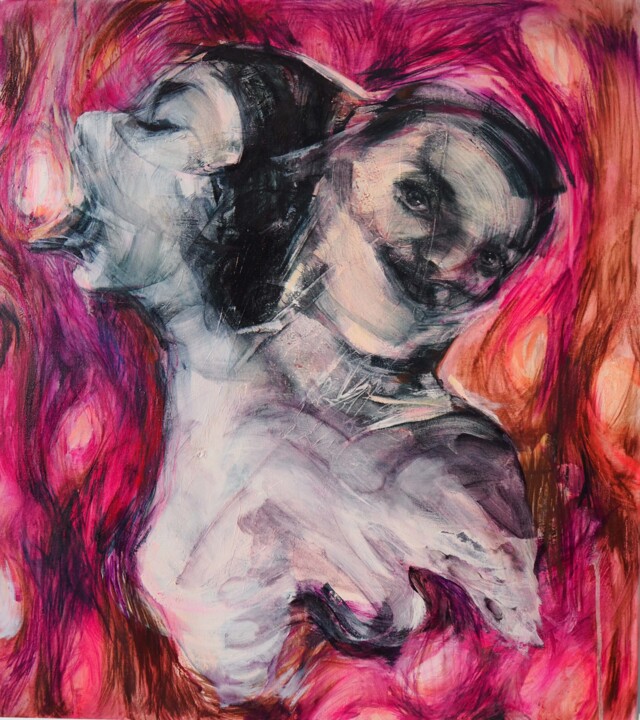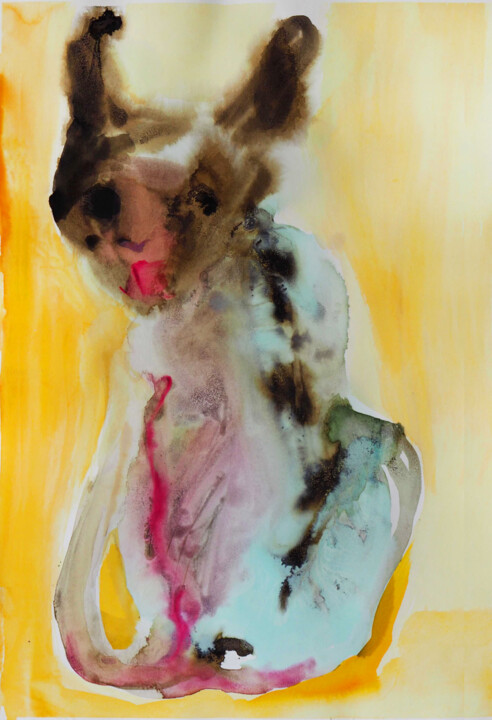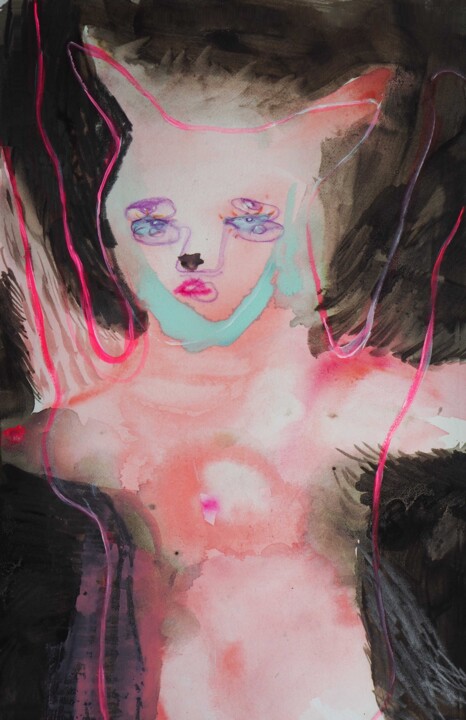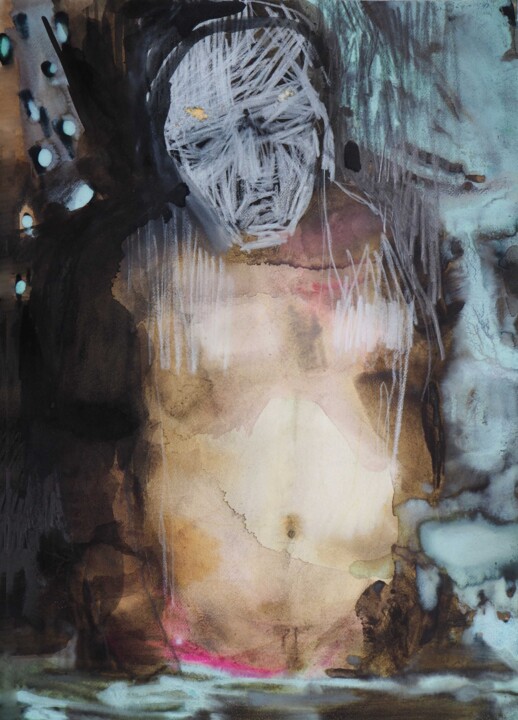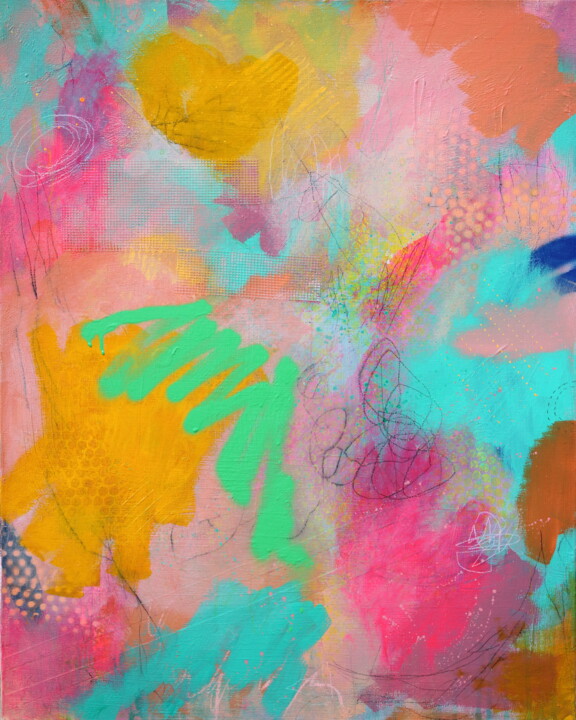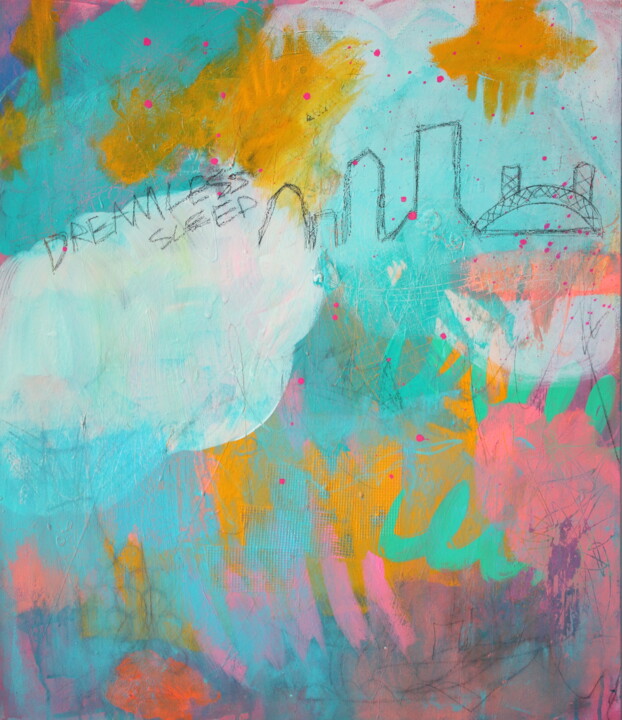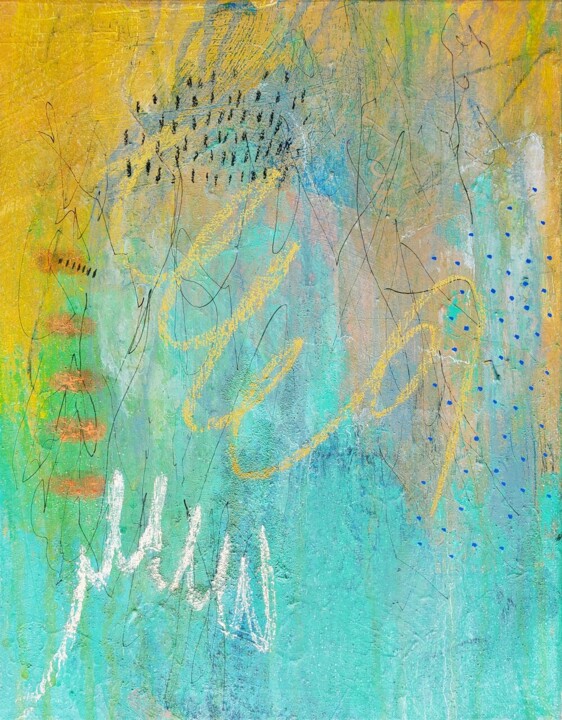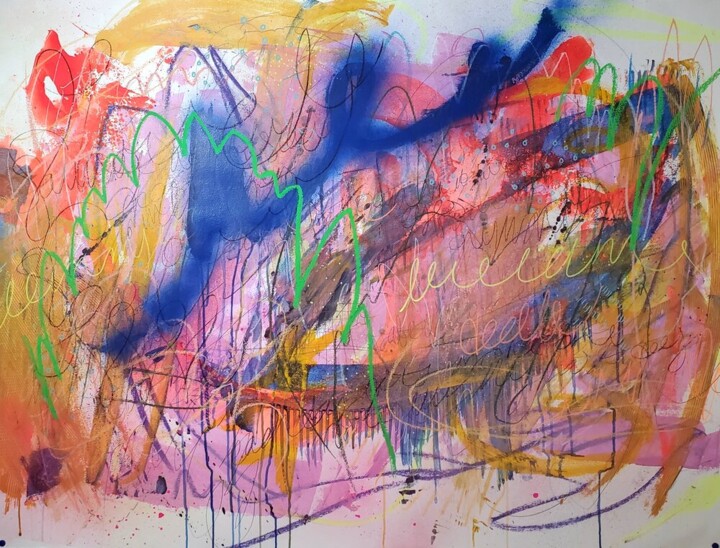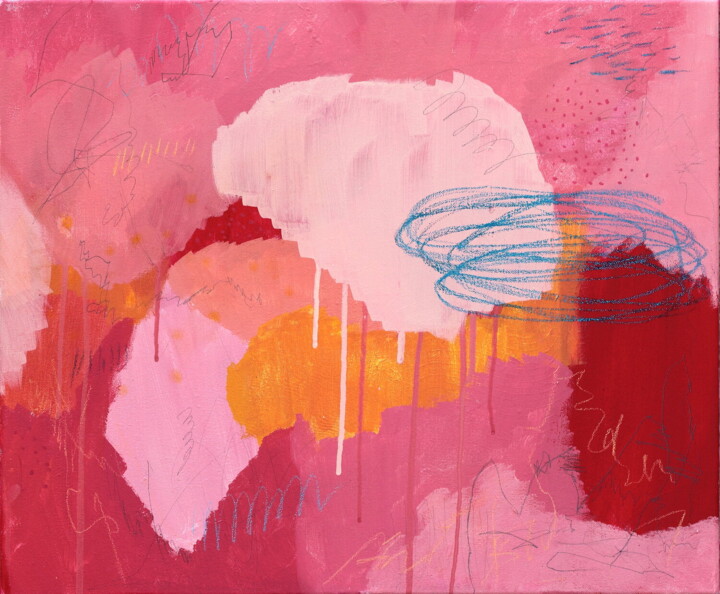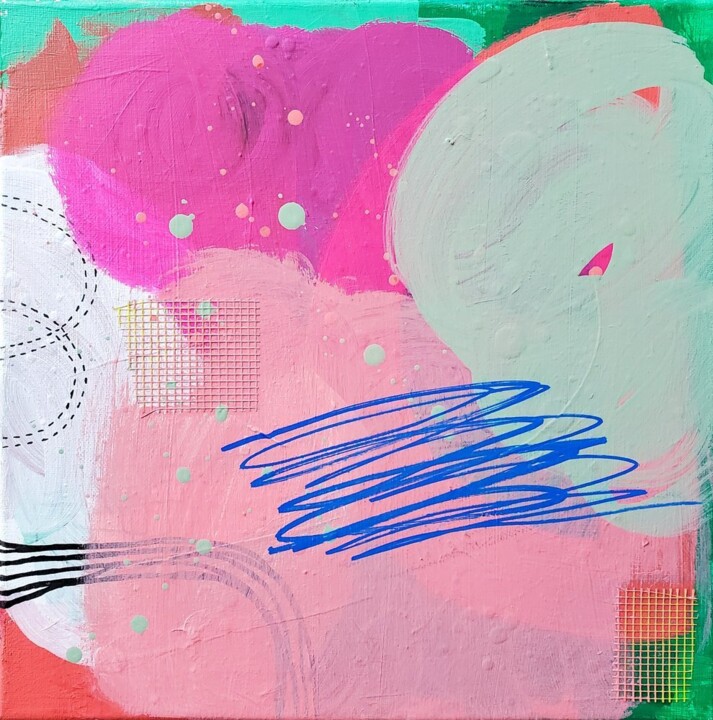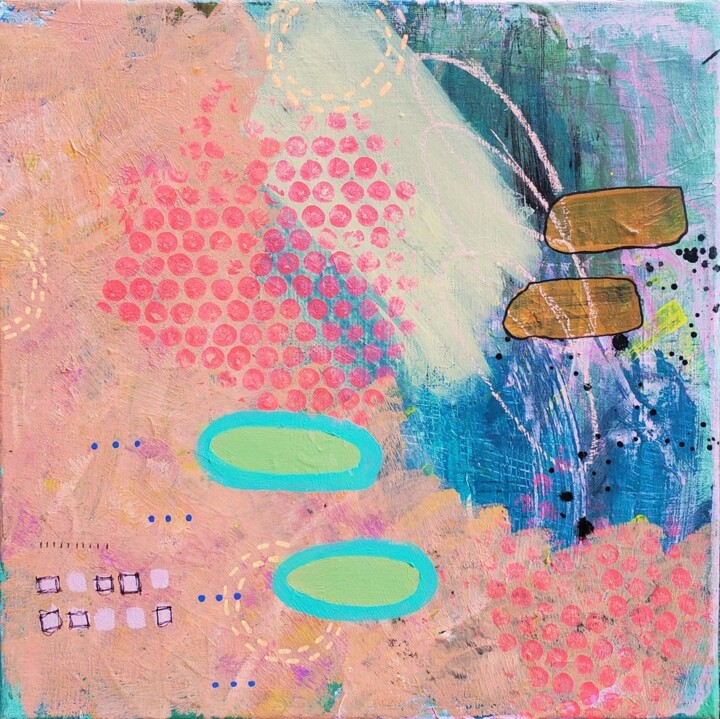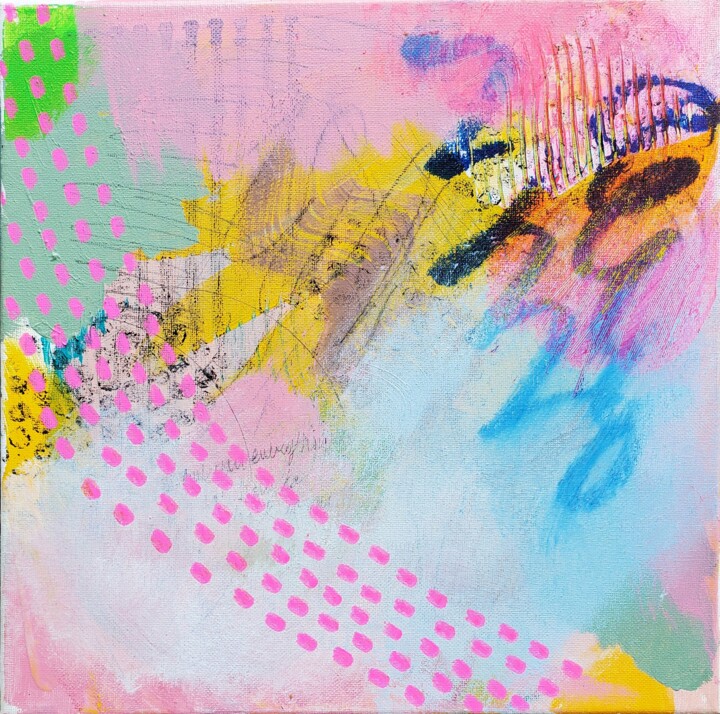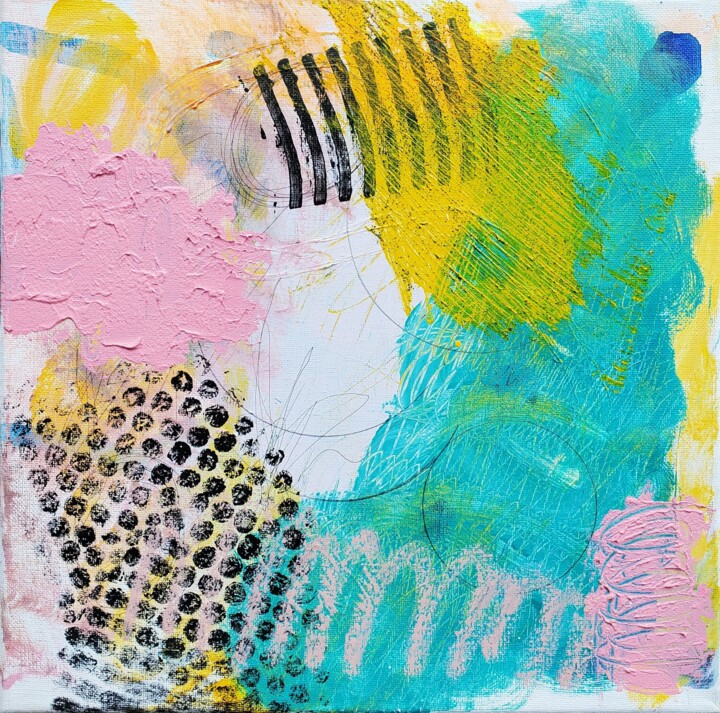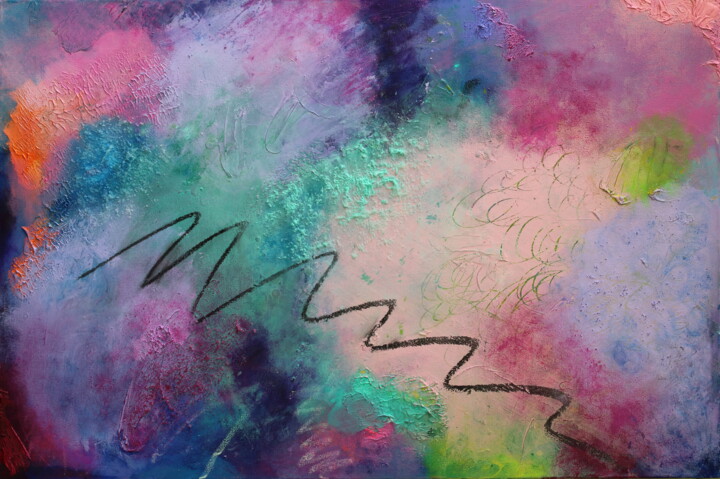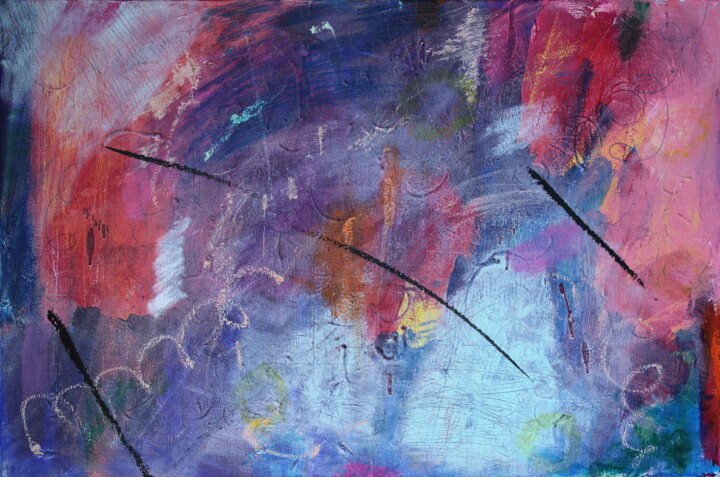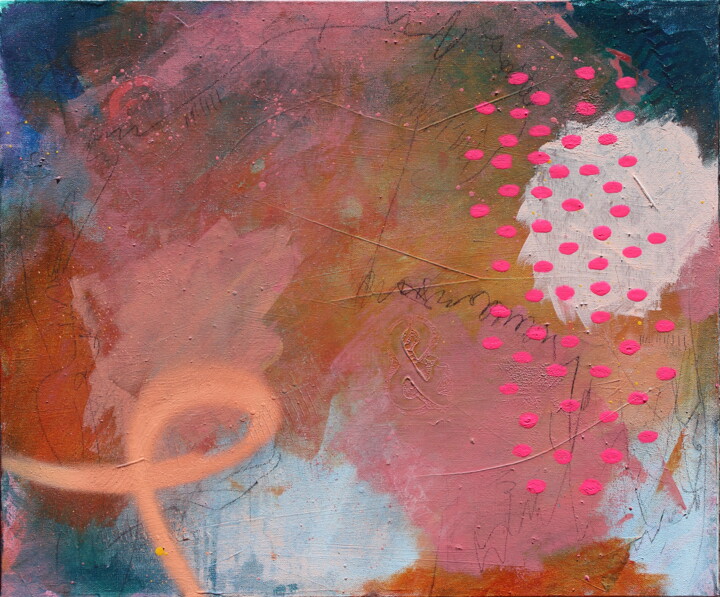Art is beautiful, and also good for your health!
Art is a universal language. People told stories thousands of years ago by drawing pictures on the walls of caves. Artists have told stories about the past through drawings, paintings, buildings, and sculptures. Joy, sadness, anger, and peace: artists share their feelings and experiences through a sketched line or a splash of color.
Art's Effects on Mental Health
Art can be very good for your health and help you feel happier and healthier in general. Everyone can spend a fun day doing something creative and good for their health and quality of life by going to one of the nearby local art museums, visiting art galleries, or taking a painting or pottery class.
"Art washes away the dirt of everyday life from the soul." — Pablo Picasso
Lower your stress with art!
Stress can be relieved through art therapy for both adults and children. Studies show that art is good for your mental health. For example, sculpting, painting, drawing, or even just looking at art is known to reduce stress and make you feel more relaxed. When you make art or really look at a piece of art, it takes your mind off of your everyday life and makes you feel better. As you focus on the details of the art you are making or looking at, you forget about your worries. Art therapy is used to treat PTSD in part because it helps people feel better mentally. Adult coloring books are a great way for people of all ages to relax and have fun.
"In art, the hand can never make something better than what the heart can dream up." — R.W. Emerson

Credits: Freepik
Being creative is good for you.
Art also helps kids and adults think more creatively and use their imaginations. It also enhances problem-solving skills. People are encouraged to come up with their own solutions in art because there is no wrong answer. This kind of flexible thinking is like learning a new language in that it keeps your brain active and gets it ready for more complicated tasks.
"Practicing any art, well or badly, is a way to grow your soul. So do it." — Kurt Vonnegut
Buying art or creating: Taking part in the arts
Do you know the feeling of joy you can get from things like music, museums, dance groups, and going to the theater? Participating in the arts can have big and long-lasting effects on health. It can help prevent a number of mental health problems, help manage mental illness, and help people get better.
There are many ways to use the arts to improve your mental health. You can create art, learn how to paint, and you can browse art in museum, galeries, or even on an online art gallery like Artmajeur Gallery. Artists and musicians can lead art and health programs that help people feel better. Participatory arts programs and using the arts in everyday life are other ways. When we talk about the arts, we mean both visual and performing arts, like traditional craft, sculpture, digital art, text, dance, film, literature, music, singing, gardening, and the culinary arts.
Arts and creativity are important parts of the programs run in mental health institutions. Art can be a different and fun way to express and talk about feelings.
The arts can have a big impact on our mental health.
People are becoming more and more interested in the arts as a way to improve their health. People can deal with a wide range of mental health problems and emotional stress by taking part in the arts.
The best thing about it is that it helps people improve their mental health by encouraging them to be creative. Making art is a way for many people to say what they want without using words.
Arts can bring people together.
The arts are also good for the community as a whole. As we get older, we may feel more alone because we lose social connections like friends, family, and our jobs. We may also be limited in other ways, like by our health.
People in their later years can rebuild their social connections and get more help in their communities by taking part in arts programs. Getting in touch with other people can help you feel less alone. This is also true of care homes, where arts activities can help residents talk to each other and staff more, which can improve their mood and health.
Make yourself feel better.
Art makes adults and kids feel good about themselves and gives them a sense of accomplishment. When you finish a creative project, like making a new piece of art or carefully collecting pieces you like, you may feel a rush of dopamine, which can give you more drive, help you focus, and just make you feel good.
This is true for any craft or hobby. You don't have to make a masterpiece to get the benefits. Art is good for your mental health if you use your mind or your hands to create something and enjoy doing it. The process causes your brain to make new neural pathways, which makes you feel better overall, keeps you from getting depressed, and even slows down the aging process.
"I found that I could say things with colors and shapes that I couldn't say with words." — Georgia O'Keefe

Créditos: Freepik
Use art to make memories
This might be the most convincing reason to take your seniors to an art class or museum. Art can help people with Alzheimer's disease and dementia think more clearly and remember things better. Visual art helps people with these conditions live better by giving them something to look forward to, making it easier for them to talk to each other, and encouraging new brain cells to grow.
"Painting is the only thing that makes me feel like I'm alive." — Vincent Van Gogh
Forget about Pain through Art
Depression, pain, anxiety, and stress are often symptoms of long-term health problems. Take people you care about who have long-term health problems to see beautiful art to make them feel better for a while.
Museums and art walks are fun, creative, and good for kids, adults, and seniors of all ages. Immersing yourself and your loved ones in art has many health benefits, whether you learn something new, rediscover a passion, or just have a good time. Spend a day using your imagination and you'll feel better.
References
- National Library of Medicine https://pubmed.ncbi.nlm.nih.gov/23116320/
- Thomson, L.J., Camic, P.M. & Chatterjee, H.J. (2015). Social Prescribing: A review of community referral schemes. London: University College London.
- Fancourt, D. et al. Effects of Group Drumming Interventions on Anxiety, Depression, Social Resilience and Inflammatory Immune Response among Mental Health Service Users. PLOS ONE 11, e0151136 (2016).
- Coulton, S., Clift, S., Skingley, A. & Rodriguez, J. Effectiveness and cost-effectiveness of community singing on mental healthrelated quality of life of older people: randomised controlled trial. Br. J. Psychiatry J. Ment. Sci. 207, 250–255 (2015)
- Bungay, H. (2018). ‘How prescription creativity can improve mental and physical health’, Medical Xpress, 5 April [Online].
- World Health Organisation. (2008). Global burden of disease report. Available at: http://www.who.int/healthinfo/global_burden_ disease/estimates_country/en/index.html
- All-Party Parliamentary Group on Arts, Health and Wellbeing. (2017). Creative Health: The Arts for Health and Wellbeing.
- Ockelford, A. Songs Without Words: Exploring How Music Can Serve as a Proxy Language in Social Interaction with Autistic Children. in Music, Health, and Wellbeing (eds. MacDonald, R., Kreutz, G. & Mitchell, L.) (OUP Oxford, 2012).


 Jean Dubreil
Jean Dubreil

